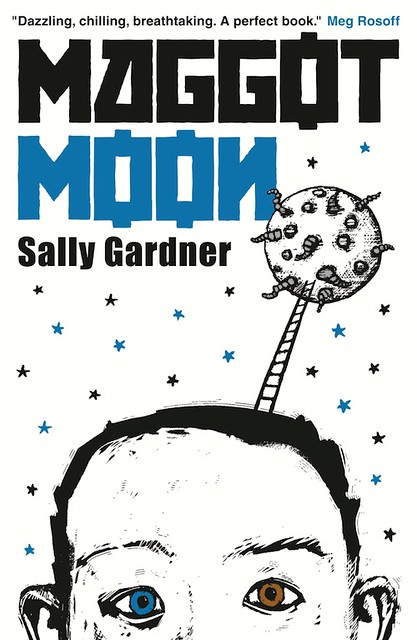Why make a document accessible?
When we go to the effort of producing a document our aim is for it to be available for as wide an audience as possible. If a person cannot access a public document because of a disability, they are being denied their right to access. Documents therefore need to be modified in some way to enable them to reach a wider audience.
How to make documents more accessible?
Documents can be made more accessible by modifying the documents and also by using alternative formats ie., ways other than basic print of publishing information.
How can documents be modified?
- large print (size 16-20)
- Word documents can be made more accessible by changing background colour, font size and colour, increased spacing, structuring documents to make navigation easier and quicker
- using cream paper rather than white will reduce glare
- include fonts for maximum accessibility eg., Sans Serif, Verdana, Ariel or Helvetica. Stroke thickness is especially important for low vision readers because thinly stroked letters result in poor contrast. For low vision readers choose font size of 16-18 points and for normally sighted use 9-14 points
- spacing between lines of text should be at least 25-30% of the print (font) size
- consider paper finish and texture. Glossy paper can produce additional glare. Opaque or matte is recommended.
What alternative formats are available?
A wide range of technologies are now available to enable people with disabilities to communicate with others or to access information. Some of these include:
- braille (by using Braille transcription software)
- audio recorded information or CD and electronic files – e-books read digital books and periodicals similar in form to a tablet computer
- audio notetaking (Nuance, Audio Notetaker)
- specialist software can be used to convert Word documents to MP3 format and stored onto CD.
- screen readers convert text displayed on a computer monitor to voice using a speech synthesizer or to Braille.
- extra wide binding margins for low vision aids such as stand and video magnifiers
- speech input and synthesized speech output
- screen magnifiers
- screen projectors
- intelligent word prediction software
- touch screens
- mobiletext viewers – portable multimedia players and smartphones. Apple’s iPad, iPhone and iPod can be used through a variety of e-reader apps
- simplified tactile images
Groups of people who may need alternative formats
There are many groups of people who may, for one reason or another, require alternative formats. Some of whom are:
- those who are blind or partially sighted:
- elderley or those who have age-related macular degeneration. The leading cause of visual impairment in the developed world and affects central vision
- those who have glaucoma – usually affects peripheral vision
- those who have diabetic retinopathy – can lead to patchy vision resulting in orientation difficulties. May require large print and good contrast
- those who have cataracts – where the lens of the eye becomes cloudy or opaque. People who have laser treatment can usually begin to read large print and need materials with good contrast
- those who have a physical disability that makes holding documents difficult
- those who have an intellectual or cognitive disability
- people who are dyslexic




